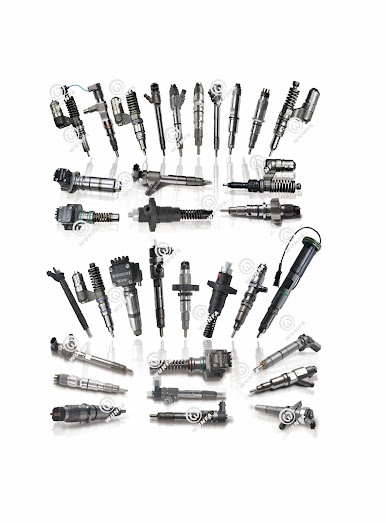Control Valve Selection Guide: Choosing the Right Valve for Your System
In fluid control systems, choosing the right type of valve is crucial for optimal performance. Control valves and delivery valves, though similar, serve distinct purposes and are suited for different applications.
 |
| Control valve |
Control Valves are used to regulate the flow and pressure of fluids, such as liquids, gases, and steam. They respond to signals from a controller to adjust the flow rate by opening or closing. Control valves are commonly found in industries like oil and gas, chemical processing, and water treatment. Their key features include precise flow control, automation capabilities, and versatility, with various types like globe, ball, and butterfly valves available.
On the other hand, Delivery Valves are primarily used in fuel injection systems of internal combustion engines. They play a critical role in delivering precise amounts of fuel to the engine's combustion chambers, ensuring proper fuel injection timing and pressure regulation. This is essential for maintaining engine performance and efficiency. Delivery valves are designed to withstand high-pressure environments and are typically made from durable materials.
 |
| Delivery valve |
Choosing the Right Valve:
Opt for Control Valves if:
- You need precise regulation of flow and pressure.
- Automation and feedback on valve position are important.
- Your application involves varying flow rates or requires fine-tuning.
Choose Delivery Valves if:
- Precise fluid delivery, such as fuel injection, is required.
- The system operates under high pressure.
- Accurate timing and consistency in delivery are critical.
In summary, control valves are ideal for systems requiring precise regulation and automation, while delivery valves are specialized for accurate fluid delivery under high pressure, such as in fuel injection systems. Understanding the specific needs of your system will help you choose the right valve, ensuring efficient and reliable operation.



Comments
Post a Comment